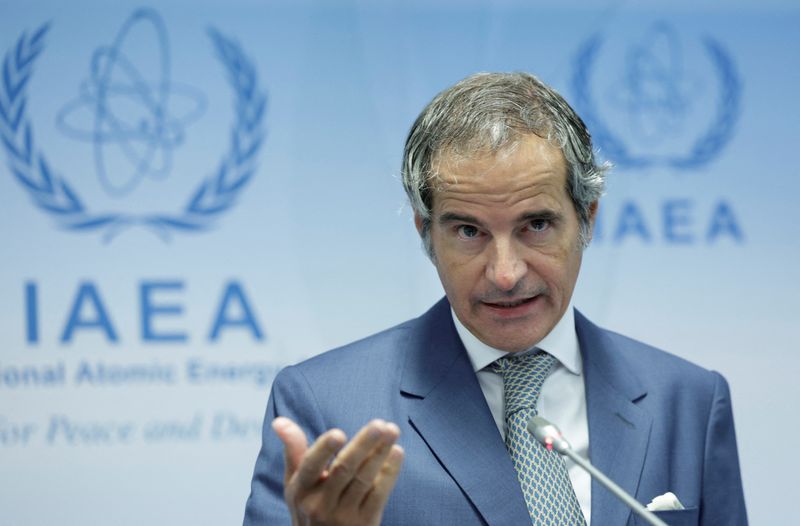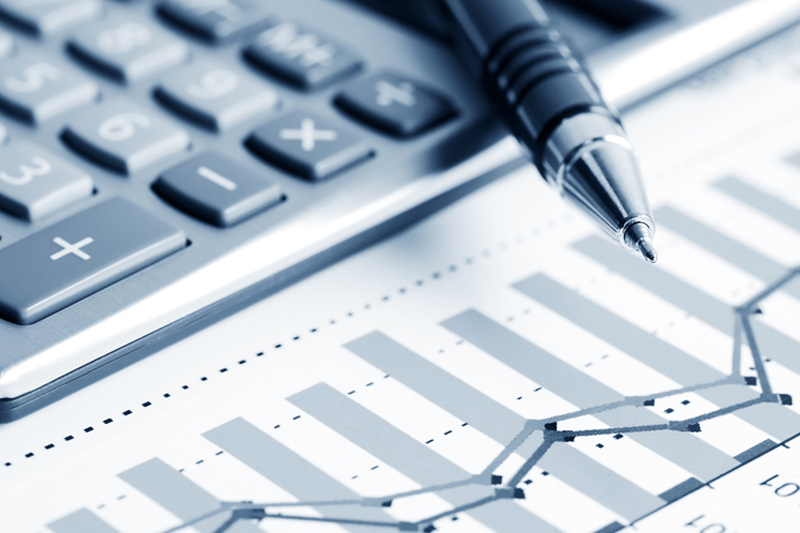By Francois Murphy
VIENNA (Reuters) – Rafael Grossi, the head of the U.N. nuclear watchdog, hopes to hold talks with new Iranian President Masoud Pezeshkian by November on improving Iranian cooperation with his agency, he said on Monday.
Several long-standing issues have dogged relations between Iran and the International Atomic Energy Agency, including Tehran’s exclusion of uranium enrichment experts from its inspection team and its failure for years to explain traces of uranium found at undeclared sites. locations have been found.
“He (Pezeshkian) agreed to meet with me at an appropriate time,” Grossi said in a statement at a quarterly meeting of his agency’s 35-nation Board of Directors, referring to an exchange after Pezeshkian’s election in July.
“I encourage Iran to facilitate such a meeting in the not too distant future so that we can engage in a constructive dialogue that will quickly lead to real results,” he said.
With nuclear diplomacy largely at a standstill between the Iranian and US presidential elections on November 5, Grossi said he wanted to make real progress quickly.
Asked at a news conference whether his reference to the “not too distant future” referred to before or after the US election, Grossi said: “No, hopefully before that.”
The IAEA Board of Governors resolutions ordering Iran to urgently cooperate in the uranium trace investigation and calling on the country to reverse the ban on inspectors have made little change, and the IAEA’s quarterly reports published by Reuters on August 29 showed no progress.
Iran responded to the latest resolution in June by announcing an expansion of its enrichment capacity, installing more centrifuges, machines that enrich uranium, at the Natanz and Fordow sites.
At the Fordow site, dug into a mountain where it reaches a purity of up to 60%, close to 90% of weapons grade, it installed two of eight new cascades, or clusters, of advanced IR-6 centrifuges within days of notification . the IAEA about his plan. Two weeks later, two more had been installed.
By the end of the quarter, the latest IAEA reports showed that Iran had completed installation of all eight new cascades, but had still not brought them online. At its larger underground site in Natanz, which delivers purities of up to 5%, it had brought online 15 new cascades of other advanced models.
“What we see is that there is some work, but nothing that indicates a rush to a rapid implementation of a large increase in enrichment production,” Grossi said.

Iran has stepped up nuclear work since 2019 after then-US President Donald Trump abandoned an agreement reached under his predecessor Barack Obama under which Iran agreed to limits on its nuclear activities in return for the lifting of international sanctions.
Western diplomats say there are plans for talks on new restrictions if Democrat Kamala Harris wins the election.


